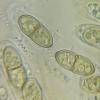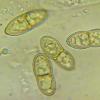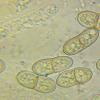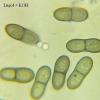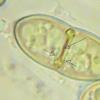
15-11-2025 23:22
Mario FilippaHello,this is what I think to be Hymenoscyphus mac

14-11-2025 16:26
 Marian Jagers
Marian Jagers
Hello everyone, On dead wood of Cytisus scoparius

15-11-2025 20:25
 Riet van Oosten
Riet van Oosten
Hello, Found by Laurens van der Linde, Nov. 2025

14-11-2025 18:31
 Lothar Krieglsteiner
Lothar Krieglsteiner
Hello,can somebody provide me with a file of:Rothe

12-11-2025 09:25
 Viktorie Halasu
Viktorie Halasu
Hello, I need help with a pale terrestric Pseudom

11-11-2025 20:16
Bohan JiaHi, lastly I have found these tiny yellow decayin

09-11-2025 13:20
Hello.A tiny ascomycete, appearing as erupting gra
Hello
Perithecium very small, barely visible without a magnifying glass.
ASCI - reaction to the iodine did not notice.
Spores - change the color to olive under the influence of iodine.
(15.8) 16.6 - 22.3 (22.5) × (6.3) 6.4 - 7.2 (7.5) µm
Q = (2.3) 2.4 - 3.3 (3.4); N = 12
Me = 19.2 × 6.8 µm; QE = 2.8
I have no idea.
Mirek
I do not know if Ascomata is properly mature so I keep them alive. I will try to examine again for some time.
I do not know this species but worried me spores.
At Sydowiella ambigua, there is a visible stenosis at the septa. In my spores I did not notice it?
Thanks for the suggestions.
greetings
Mirek
Their Olive Colore leads me towards Amphisphaeria?
Also the characteristic Septa in the spores indicates this type.
With such features I came to two species:
Amphisphaeria Vibratilis - here all the features agree in addition to the dimensions of spores. Difference too big to recognize my find for this species, although I saw so marked on the internet, with such dimensions of spores.
Next species, whose dimensions of spores better fit, are Amphisphaeria Micheliae, which was also listed with Prunus.
In this species, however, there should be a blue reaction asci, which is not observed.
In this situation, unfortunately but I will not find solutions for this collection unless someone friendly help.
I think will remain: Amphisphaeria Sp.
Spores - new measurement
(18.8) 19 - 20.16 (20.2) × (7.5) 7.6 - 8 µm
Q = (2.5) 2.51 - 2.59 (2.6) ; N = 8
Me = 19.6 × 7.7 µm ; Qe = 2.5
greetings
Mirek

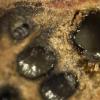
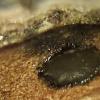
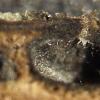
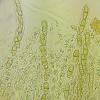

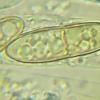
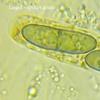
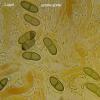
 Sydowiella-ambigua-0001.pdf
Sydowiella-ambigua-0001.pdf
